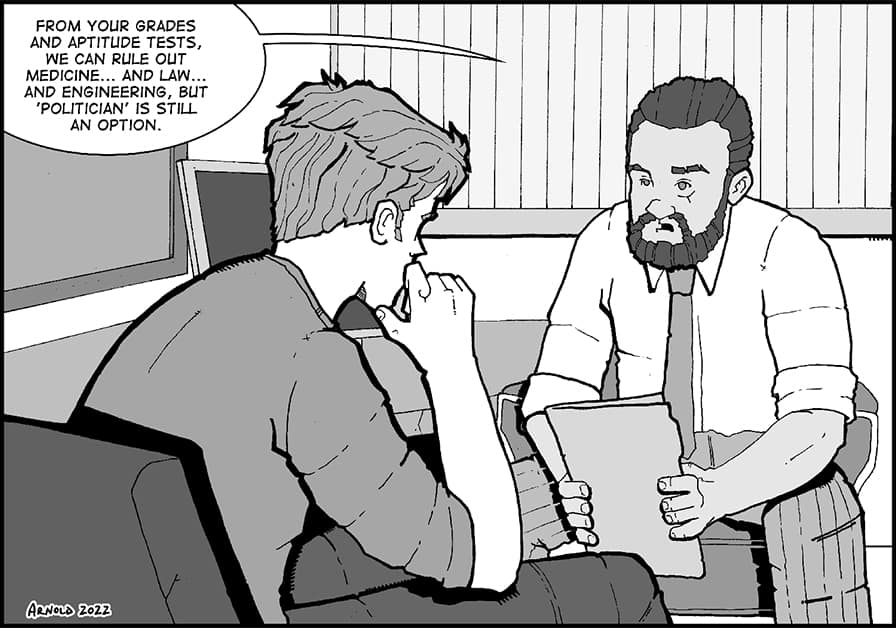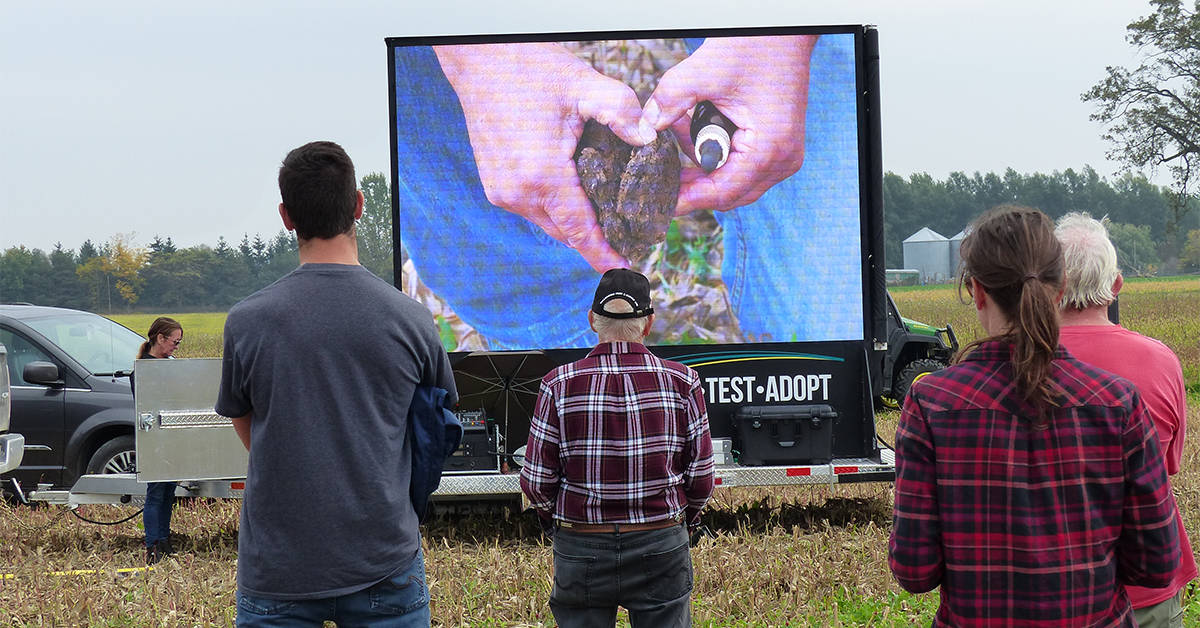;
;
;
Next Article
The View From Here: July 21, 2022

Everyone can get a front-row seat when it comes to learning about soil health in Ontario thanks to some new equipment made available by the province. The Ontario Soil and Crop Improvement Association, with the help of the Ontario Ministry of Agriculture, Food and Rural Affairs, designed and purchase
Last updated on May 03, 23
Posted on Jul 21, 22
3 min read
